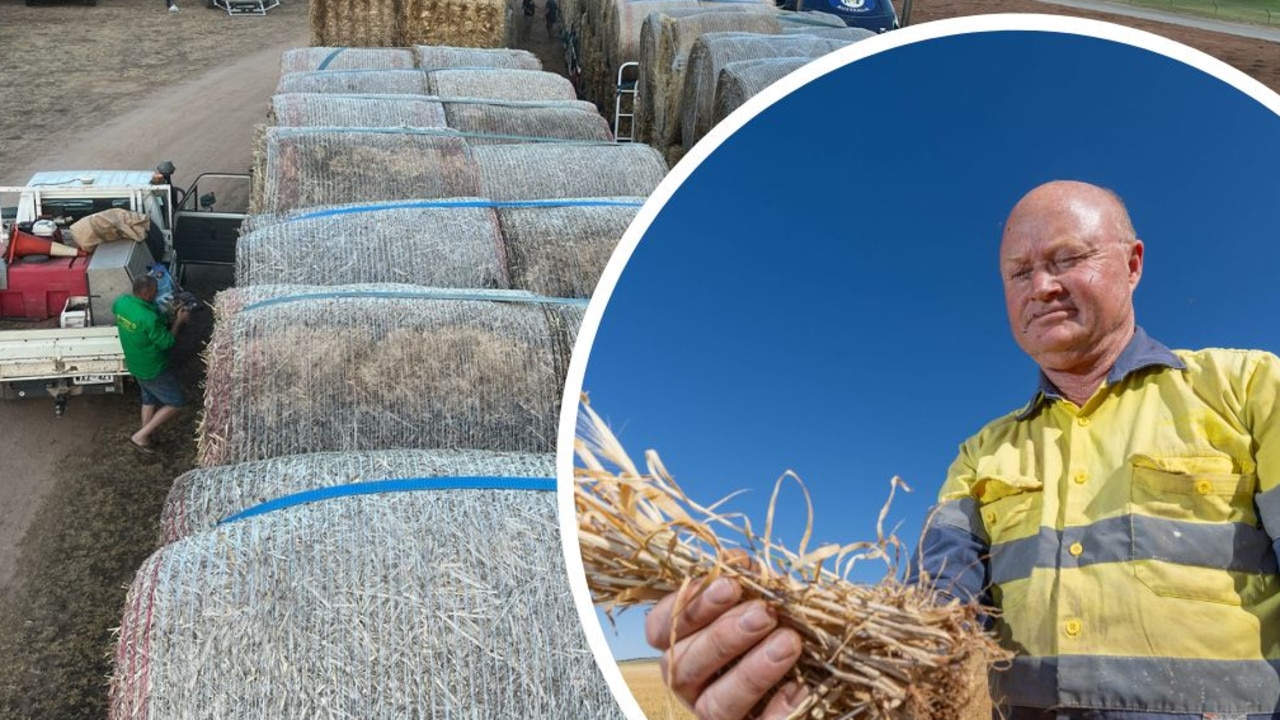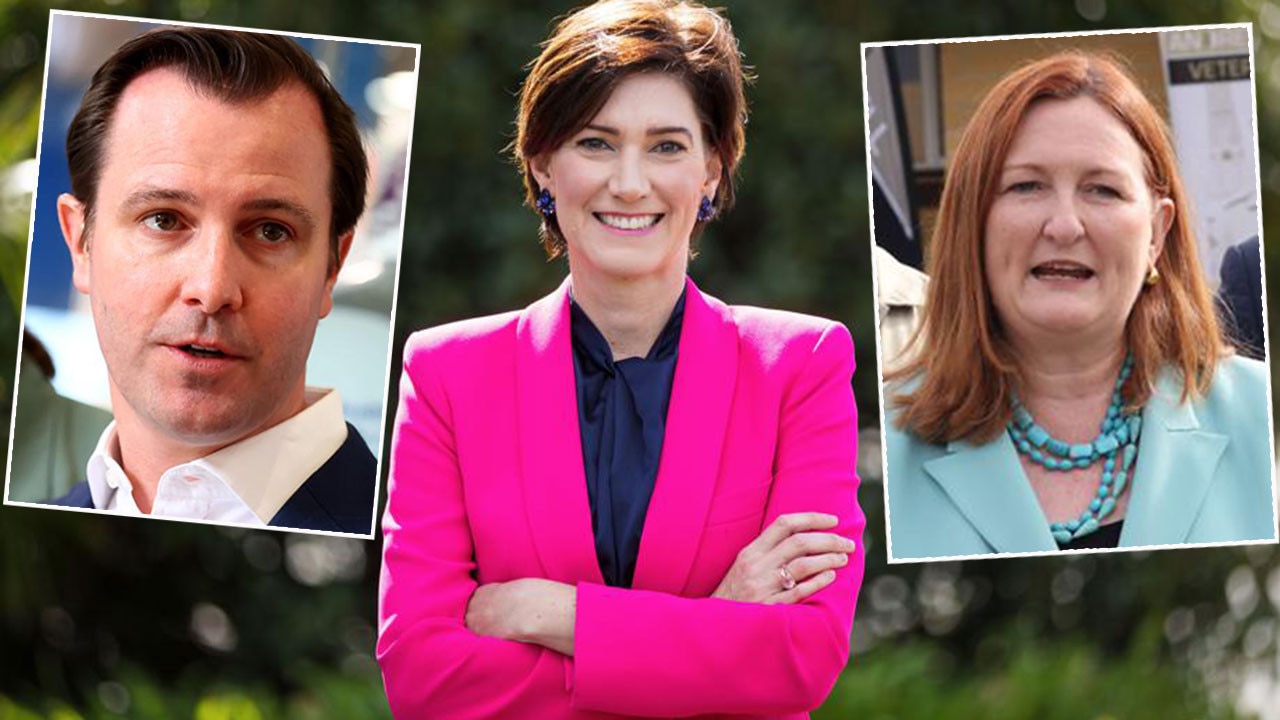SA regional councils are increasing rates by up to 12 per cent
South Australians are set to be slugged by skyrocketing rates across the state. See what you’ll be paying – and compare the regions with city areas.

SA News
Don't miss out on the headlines from SA News. Followed categories will be added to My News.
Country residents are facing proposed rate hikes by up to 12 per cent as councils grapple to cover depreciation costs with declining rate bases, compared to their city counterparts.
Mount Remarkable Council proposed the highest rise by 12 per cent, followed by Mount Gambier at 10.24 per cent, Coober Pedy at 10 per cent and Southern Mallee at 9.8 per cent.
Alexandrina Council has proposed a 8.3 per cent rate hike and its mayor said it would consider selling council assets as its battles a $4.4m rise in depreciation.
The proposed rates may appear higher than some city councils, however the average residential rates bill was often lower as rates were based on a property’s value.

Mount Remarkable chief executive Sam Johnson said its 12 per cent rise equated to an average bill of about $1400 and would help address a $860,000 increase in depreciation.
“Costs have increased by $860,000 in one year, which is significant amount of money for a small budget and we had to either increase revenue or reduce service standards,” he said.
The council’s long term financial plan indicated rate rises by 12 per cent for three years before returning to CPI levels, but Mr Johnson stressed the plan was reviewed yearly.
“As with all regional councils, we’re seeing no population growth or it’s declining, which continues to place more and more pressure on existing ratepayers, sadly,” he said.
Orroroo Carrieton Council considered increases of between 9 and 16 per cent to return its budget to surplus, before it settled on 8 per cent after it considered the ability of residents being able to pay due to recent district economic conditions.
While Mount Gambier Council has forecast a $1.7m deficit despite a 10.24 rate hike and borrowings at $35m.


It is one of a number of councils to be assessed by the Essential Services Commission of SA in 2024/25, which provides risk-based advice on councils’ investment decisions and long term financial plans.
ESCOSA is midway through a four-year cycle review of the state’s 68 councils, which this year determined Whyalla, Clare and Gilbert Valleys, Northern Areas and Robe councils were potentially unsustainable, but noted the latter two were taking steps to be more sustainable.
In the city, the largest council, Onkaparinga, was also potentially unsustainable but was also taking steps towards a more sustainable position.
One of the key reasons councils had long-term financial risks was because they did not spend enough on asset renewals, which then lead to increased costs for repairs and maintenance.
ESCOSA will also look at Alexandrina Council in 2024/25, which last year engaged external auditors to review its assets, who noted annual depreciation costs to increase by $4.4m.
The auditor warned the council it was “unwise and inappropriate” to pass on a sharp increase in rates, in response to the figure.
In its draft annual business plan, the council proposed an 8.3 per cent rise, which increased the average rates bill from $2242 to $2431.
“We are also looking at how we can cut our expenses. One option we will explore is selling undeveloped council land so we can reduce debt and reduce the ongoing costs of maintenance and depreciation,” Mayor Keith Parkes wrote.
Local Government Association president Dean Johnson said regional councils were faced with “distinct challenges due to their size, population and locality”.
“Maintaining vast local road networks, which includes repairing potholes from heavy vehicles and damage from natural disasters, is one of the single largest expenses,” Mr Johnson said.
“Recently, we’ve seen how the cost of state government-owned jetties has fallen on regional councils with insufficient financial support from other government levels.”
He said “outdated” state legislation also severely restricted regional councils ability to collect up to $4m in rates from big energy companies, which limited being able to fund more community services for ratepayers.
“We’re incredibly disappointed the federal budget failed to put more untied funding back into councils, as this had the potential to place significant downward pressure on rates and invest millions back into communities,” Mr Johnson said.






